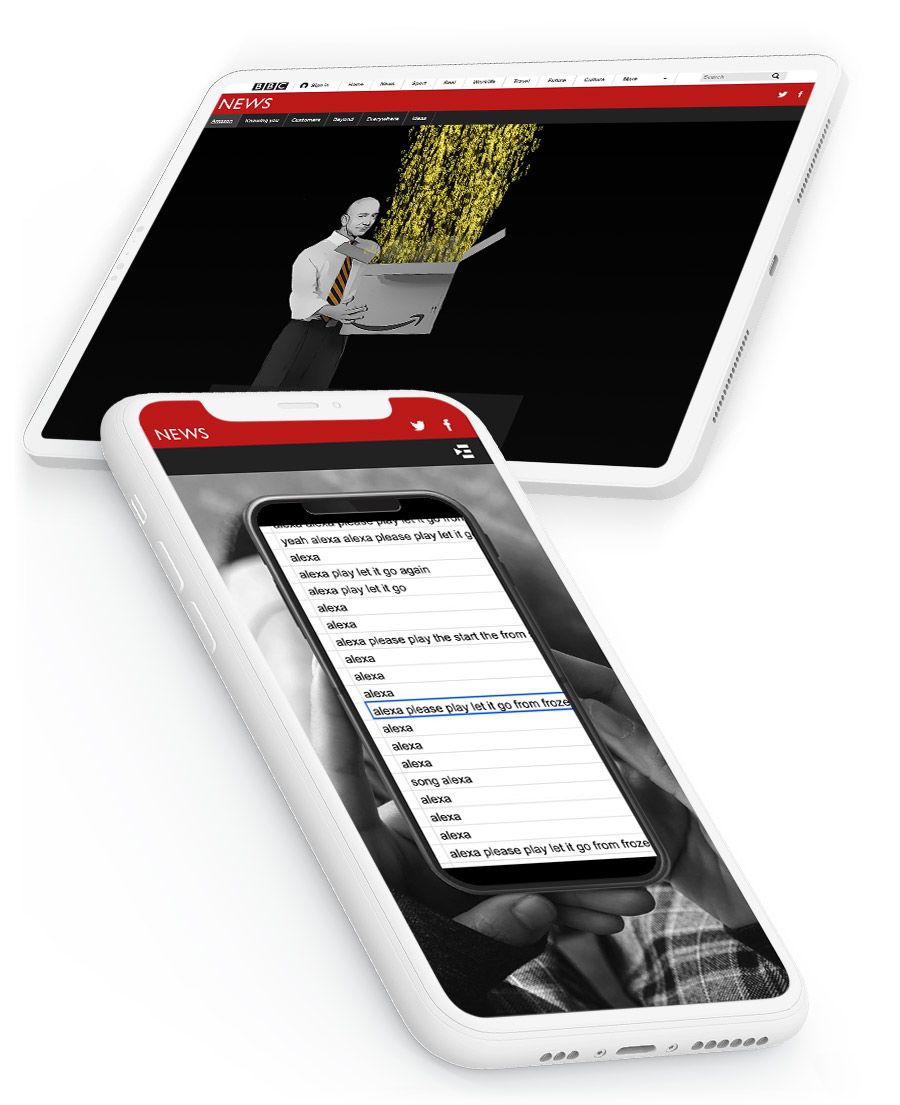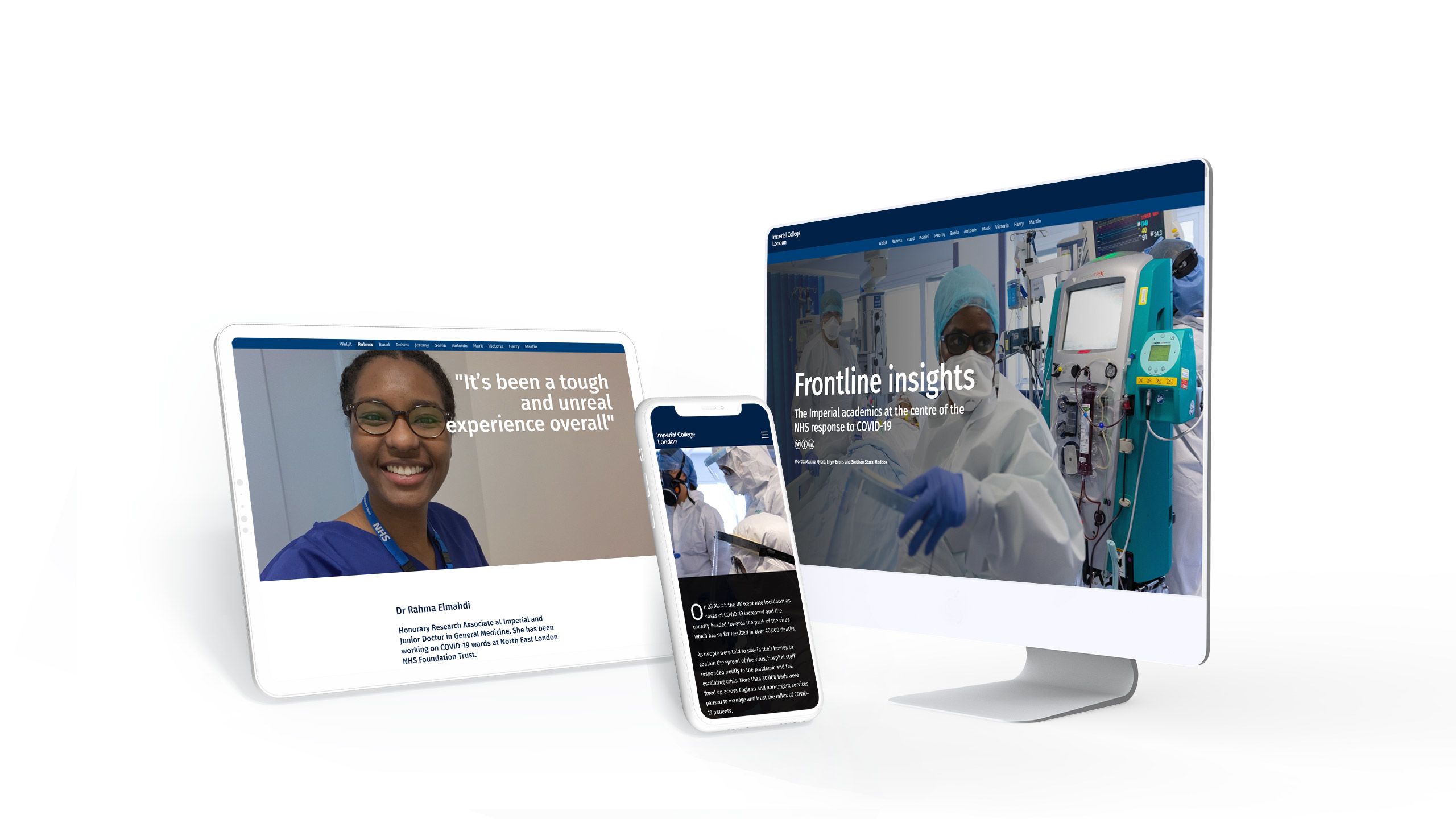The press release is dead.
What's next?

Here's how corporate communications teams are thinking beyond the press release to building beautiful owned media that gets results, plus six tips for replacing your own press releases.
Don't want to read the entire post? We've also recorded a short video version of this guide for you to enjoy! 👇
Table of contents:
The press release is more than 100 years old. From its beginnings in the 1906 Atlantic City train wreck, the press release has evolved into a key promotional channel for everyone working in corporate communications.
Over the last decade, though, many professionals have been noticing diminishing returns.
The reason for this is simple. In 1990, there were 57,000 working journalists employed in the USA. This meant that if your press release was sufficiently compelling, you had a decent shot of getting media coverage.
The press release process became baked into the workflows of comms teams across government, corporations, and NGOs — and stayed baked in, even as the media landscape began to change.
Since those halcyon days, the number of working journalists in the US has halved — while the number of communications and PR professionals looking for coverage has risen steadily. Around the world, the story is the same: online platforms like Facebook and Google have captured the lion’s share of the advertising market, leading to media companies closing, consolidating, or battling plateaued revenues and rising costs.
For a while, the press release was a zombie. Comms teams were still dutifully sending out their press releases — even though the chances of coverage had become vanishingly small. The goals comms teams set for coverage were walked back, and then walked back again.
Soon, the main outlet for corporate press releases was a network of websites whose primary purpose was to republish corporate press releases.
Now, it’s time to put the zombie to rest (however exactly zombies are put to rest). The press release is dead.
So, what’s next?
What do the BBC, Tripadvisor, and Penguin have in common?
They craft stunning, interactive web content with Shorthand. And so can you! Publish your first story — no code or web design skills required.
Get started.
The rise of owned media

With the decline of earned media — or ‘free media’ as political consultants sometimes call it — many comms teams pivoted to focus on ‘owned’ or in-house media. With owned media, the comms team owns the entire comms process, from production to distribution.
Paul Abrahams, Head of Corporate Communications at RELX, has experienced this process first-hand. In the early 2000s, Paul and the team developed a storytelling technique based on Hollywood screenwriting. They would use this to craft stories that could be used for pitches to journalists.
“Over the years, we had quite a lot of success with that. But, more recently, business journalists — even those that are interested — just don’t have the space. It's very difficult for them to do long-form journalism and particularly about companies.”
As a result, Paul and the team doubled down on digital storytelling. “We’re telling the sort of stories that business journalists would have written 20 years ago, but they don't anymore. This has enabled us to reach a range of different audiences, including our investors, our own employees, potential employees, suppliers, policymakers and more.”
There are many benefits of owned media. First, you can more effectively target your content to specific audiences, without the requirement to appeal to a broader public. Second, readers are consuming media on your corporate website, and so are more likely to click through to other pages. Third, you can develop a more predictable editorial calendar, and set realistic expectations about the impact of your work.
But there are also obvious downsides. You’ll most likely get fewer readers. Many owned media pieces also feel like they’ve gone through a rigorous process of corporate approvals — which can make them somewhat boring to read.
Most comms teams also lack the dedicated publishing infrastructure and processes enjoyed by media companies.
The rise of immersive owned media

As we collectively hammer the final nail into the coffin of the corporate press release, leading comms teams are creating their own publishing infrastructure — and getting great results.
These brand publishers are executing successful owned media strategies. A great example is RELX. A global provider of information-based analytics for professional and business customers with over 30,000 employees worldwide, RELX has published a range of immersive digital articles — including this story about their support for environmental innovation.
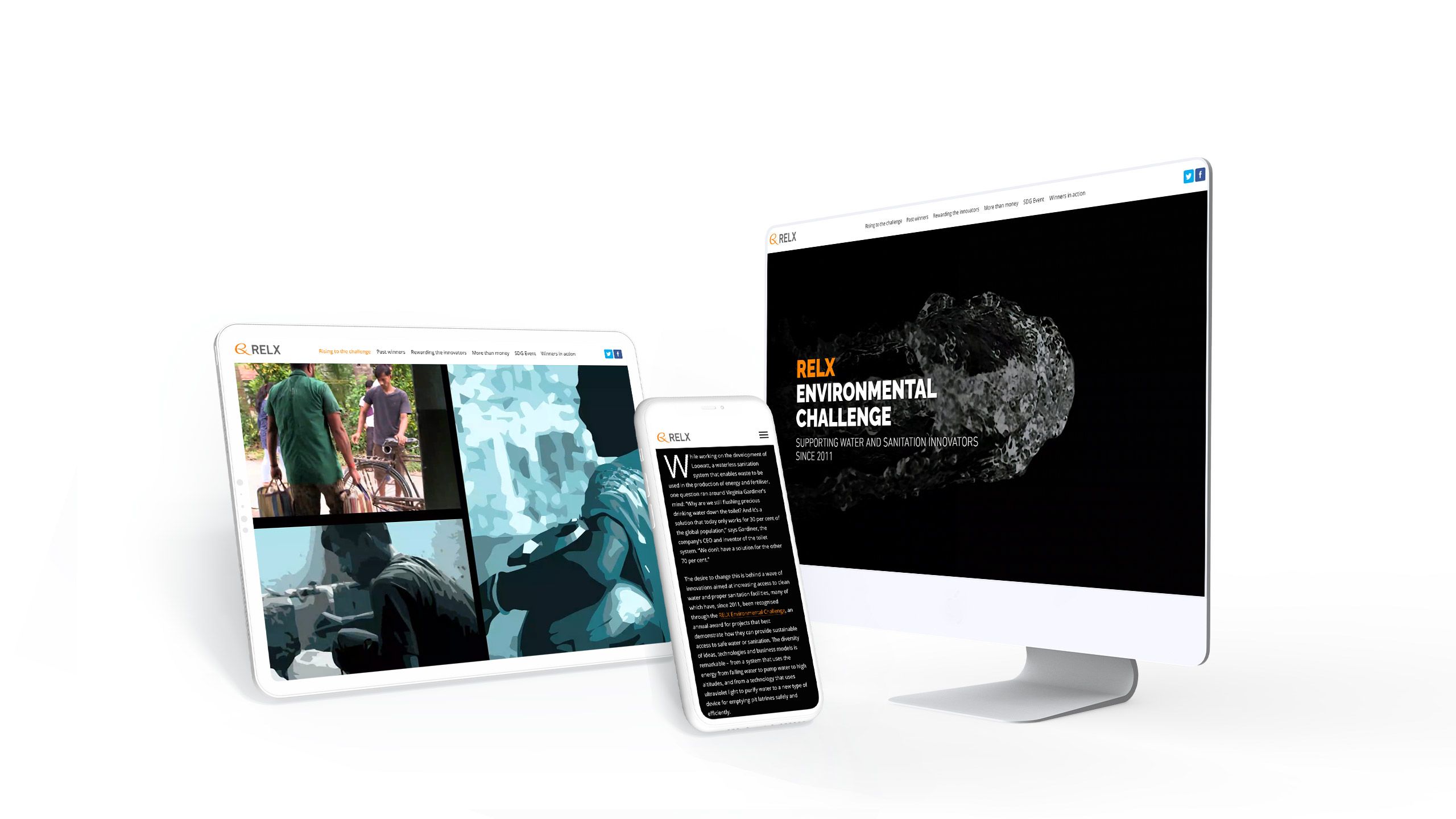
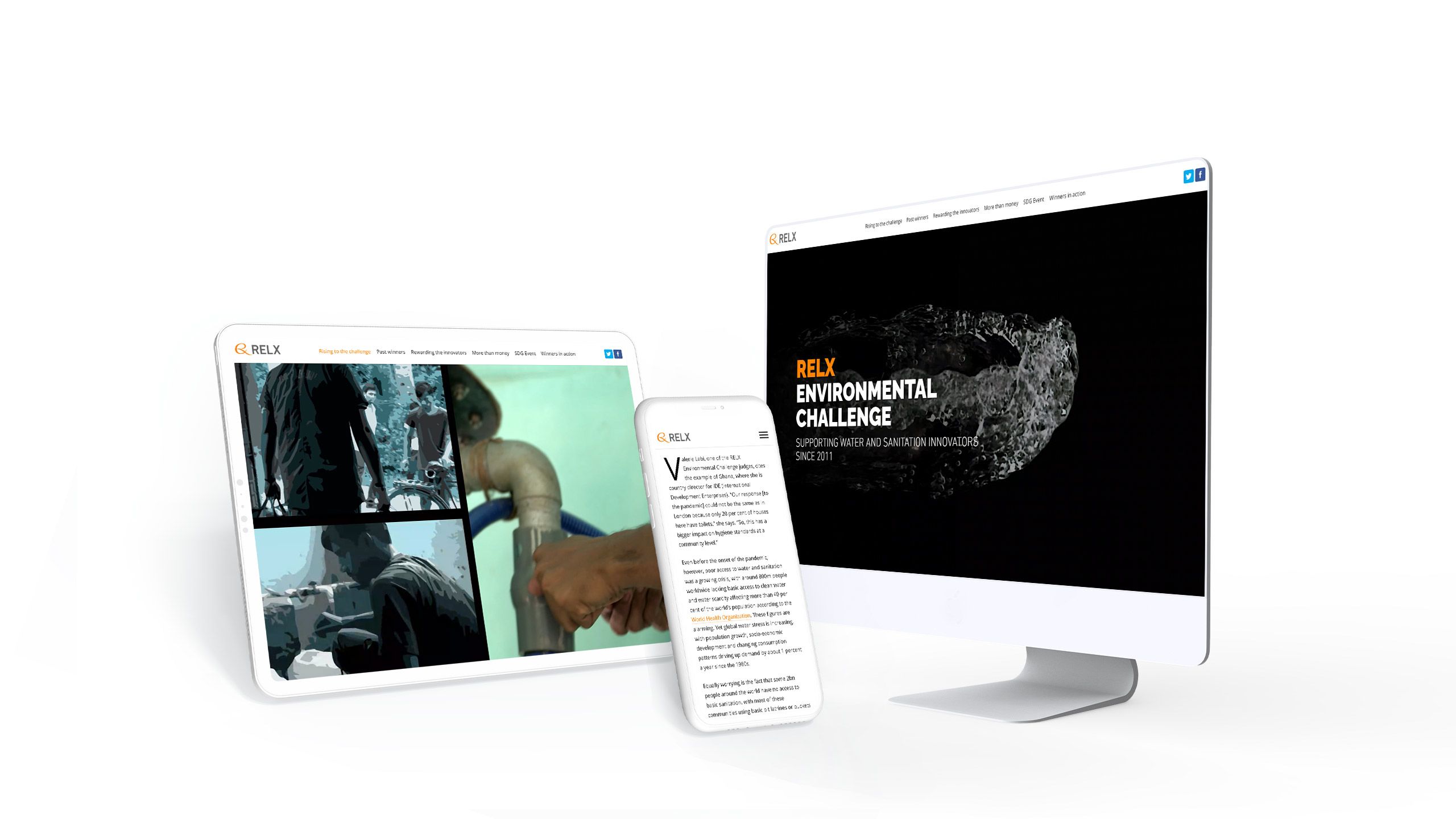
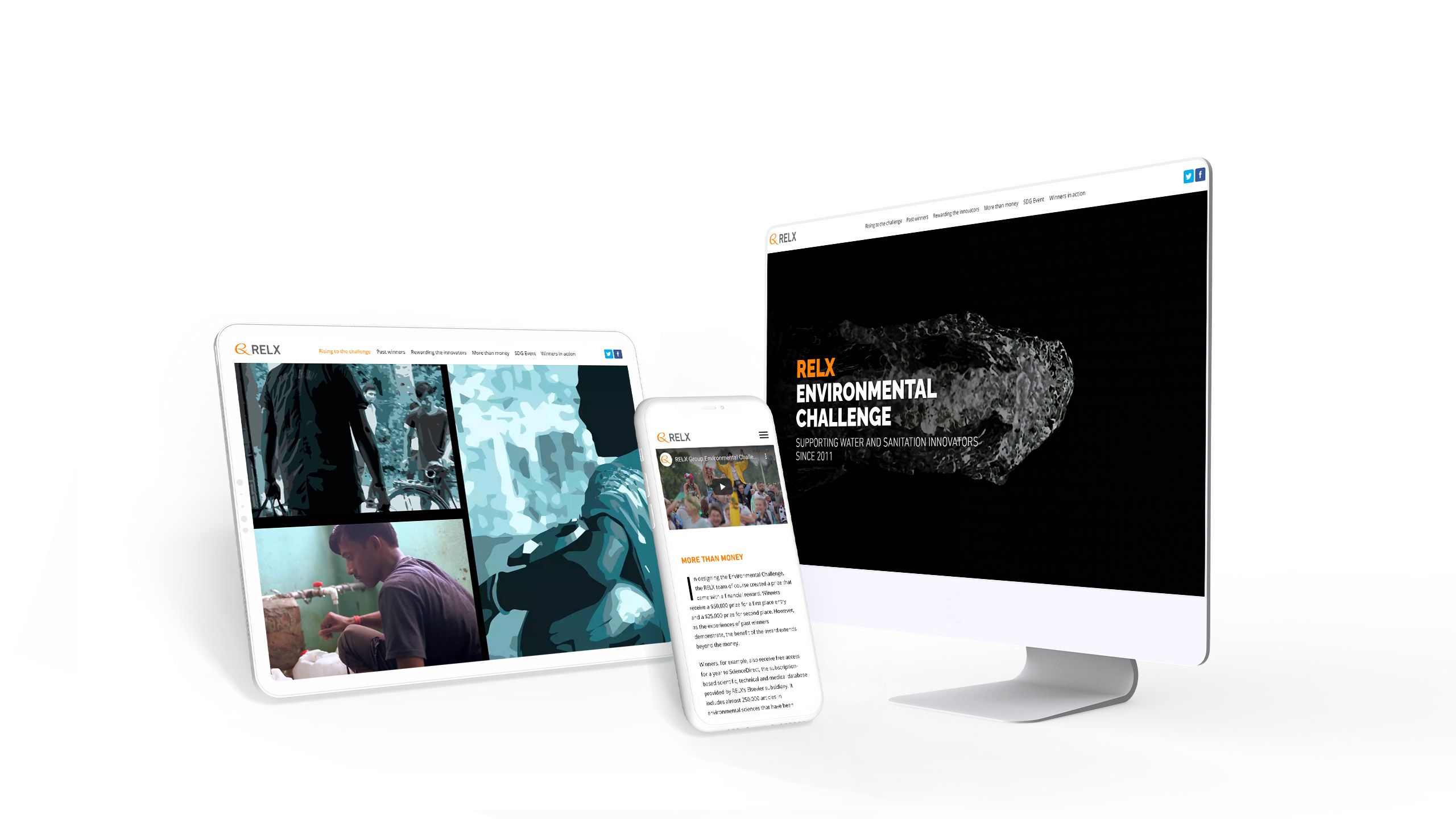
This is a beautiful story, one of many by RELX, but, critically, it also performs well. As Paul Abrahams, Head of Corporate Communications, explains, using Shorthand, the team has easily exceeded its annual Key Performance Indicators. “The target we had for this year was to go from 30,000 to 60,000 reads. We hit that in late April. And we are now comfortably on target to reach 200,000 reads for the year.”
Interested in creating owned media stories like RELX? Here are six tips for how you, too, can replace the zombie press release.
1. Build a content strategy
Some organisations view owned media as a straight 1:1 replacement for earned media — but this is a mistake. The great advantage of owned media is that you can build and execute your content strategy with far less risk and uncertainty. You have absolute control over your content. Embrace it.
A good content strategy explains how your content — from thought leadership to case studies — will help execute your broader organisational strategy. There are many different ways to write a content strategy but, once completed and approved, it should be the north star for all your content decisions.
From this strategy, you should be able to build a detailed content calendar. Aim to sketch out the purpose, audience, and distribution for each piece, and set a target publication date. You might also want to assign an ‘owner’ for each piece of content, and note whether you’ll need freelancers, or can complete it in-house.

2. Build your team
Even if you've done a great job of assembling your content team, you'll still have gaps, especially if you’re moving towards highly visual and immersive content.
Ideally, your digital publishing platform of choice won’t require you to hire web designers and developers to execute your strategy, as this is likely to make it extremely difficult to publish at scale. However, you may still want to budget for graphic design expertise — either in-house, or on a freelance basis.
You may also want to develop a pool of freelance writers to help execute your content plan. It may take some trial and error to get the right mix of people, so don’t expect every freelancer you hire to nail it first time.
You’ll also want to have in-house capacity to edit the pieces you publish. Remember that your content is the front door for your brand. Well-edited, high quality pieces are always preferable, especially given the reputational risk of low-quality content.

3. Copy the best
With the rise of self-service, no-code-required publishing platforms, there’s no reason why owned media can’t match the best examples of longform features from the world’s leading media outlets.
If your organisation is still developing its content strategy, it’s worth checking out some of the best digital stories published on the web. This will give you a sense of what the best digital publishers are doing, including NBC News, the University of Cambridge, and Honda. Find a story you like, and support your team to learn how to build immersive content for yourself.
The BBC has been publishing immersive digital stories for years. In this story, it combines data visualisation and illustrations with a cracking story about the rise of Jeff Bezos and Amazon.






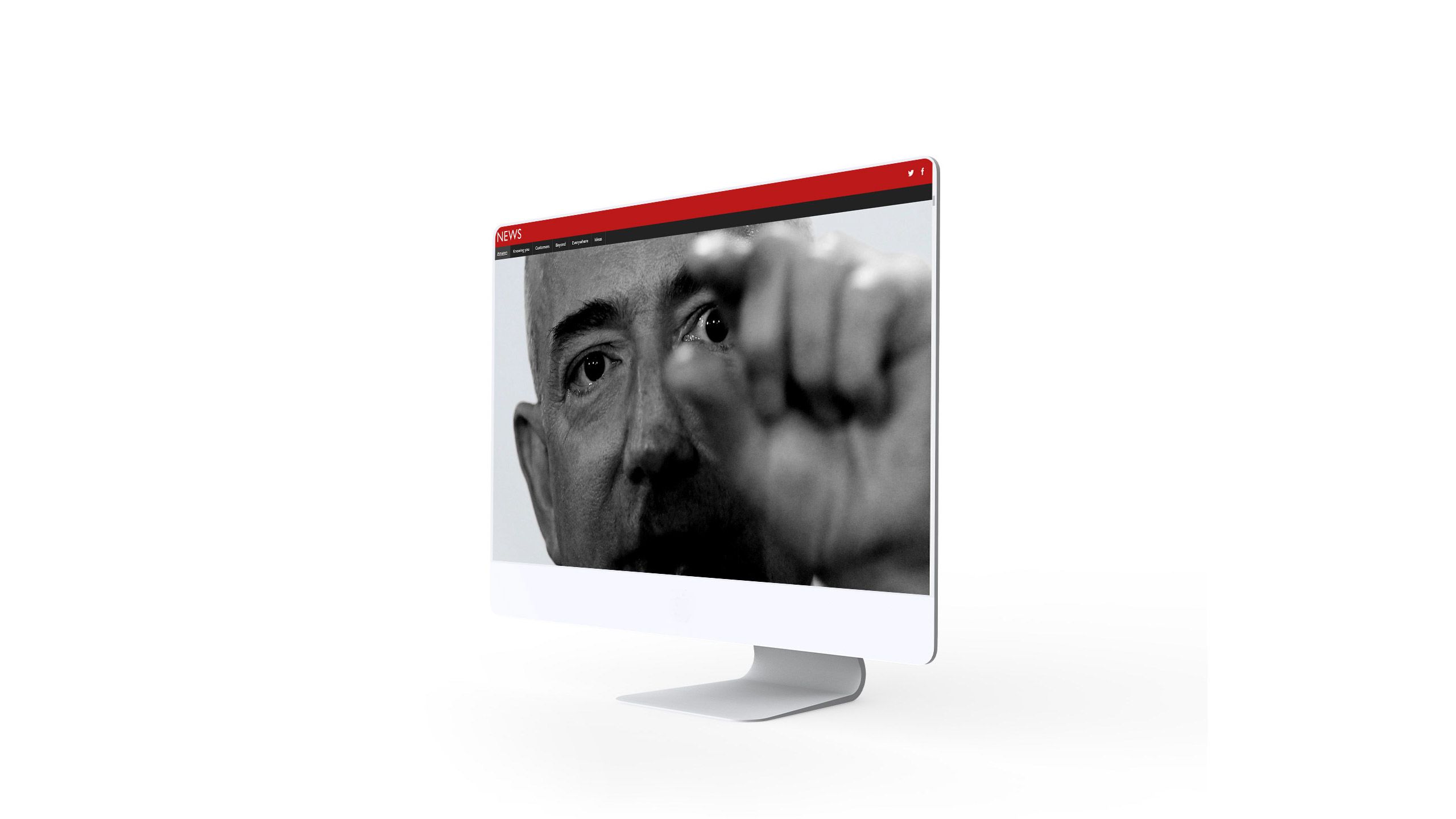

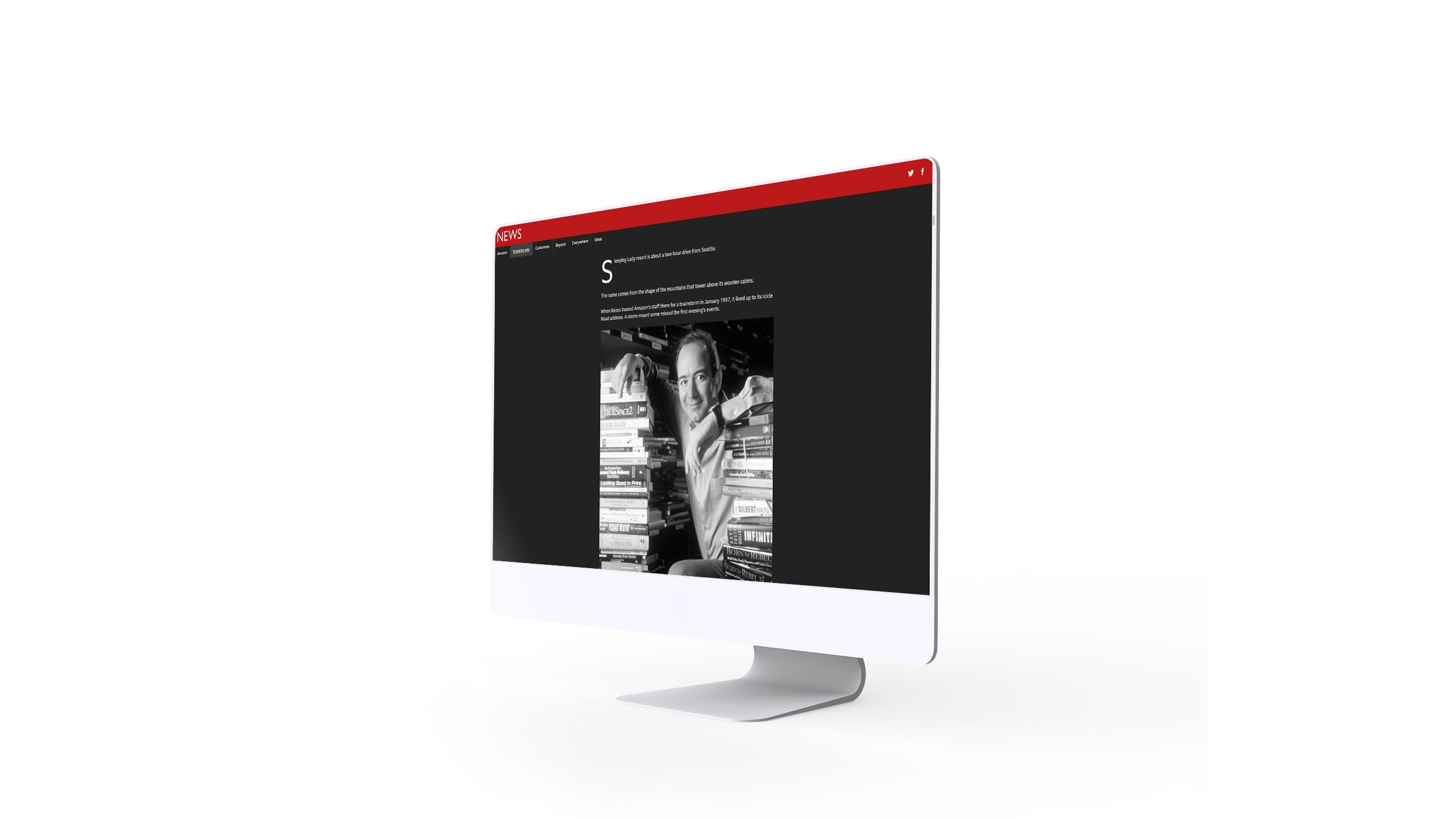
4. Embrace digital storytelling techniques
Leading corporate communications teams are ambitious for their stories, and want them to be as visually striking and impressive as the best of the web.
To achieve this, these teams are using cutting-edge visual techniques to capture and maintain the reader’s attention. Some of these techniques come under the name ‘scrollytelling,’ which specifically refers to visual effects — including image transitions and animations — that are triggered by the scroll of the mouse.
The European Council make great use of scrollytelling in its digital story on the future of the EU budget. For this story, the team built an animated timeline to hold the reader’s attention through potentially dense subject matter.






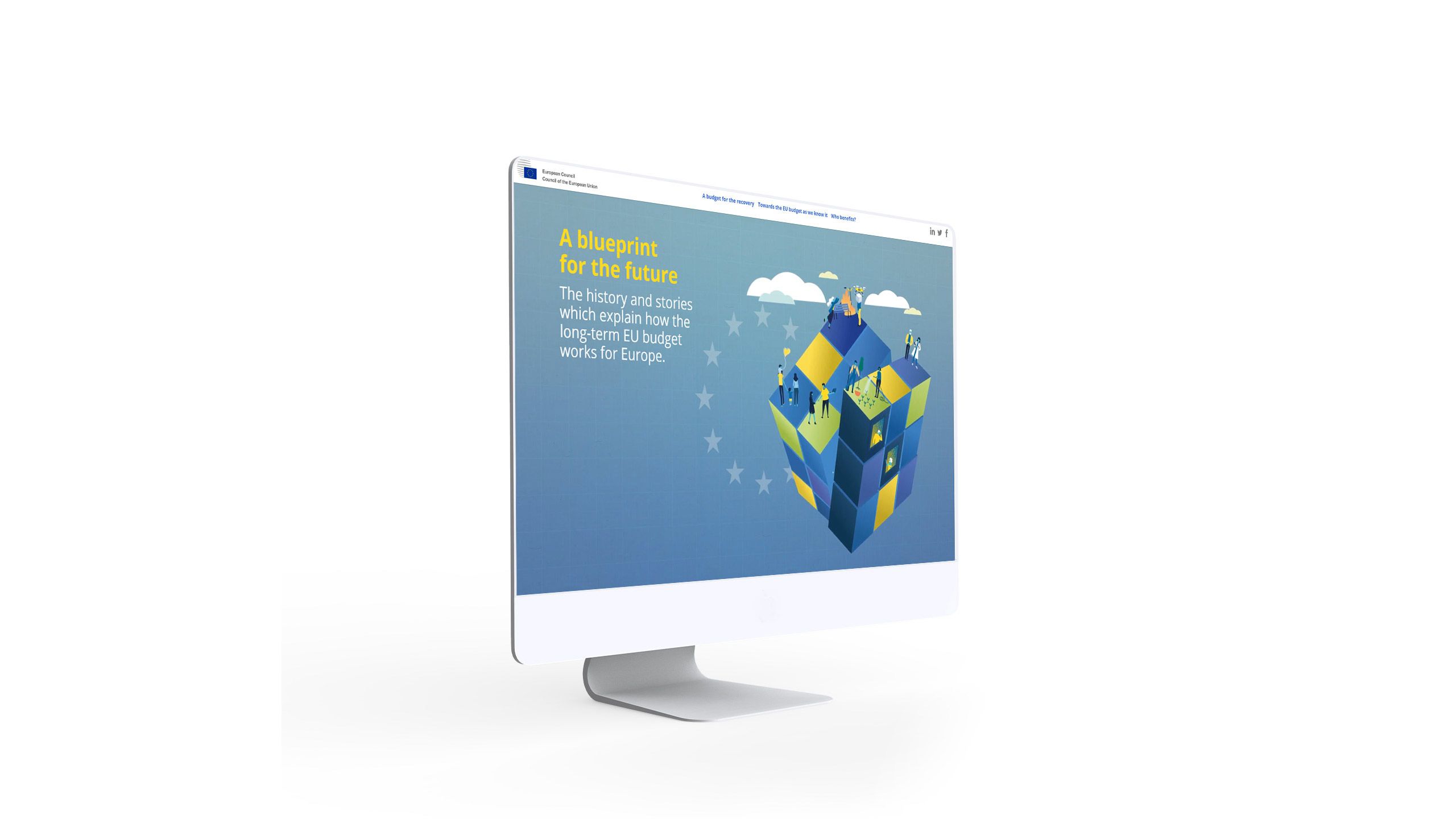

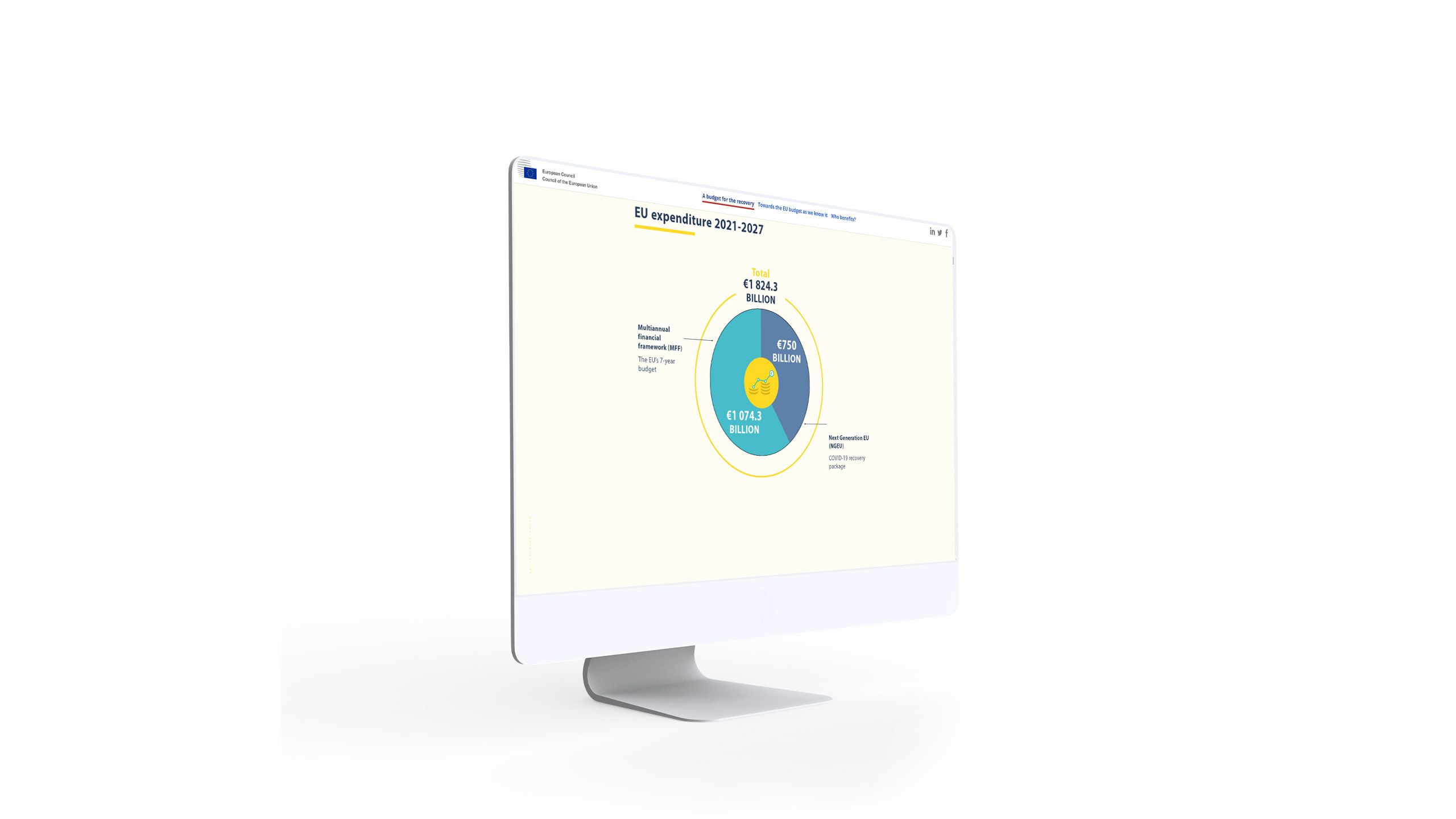
5. Develop a distribution strategy
As SEO becomes more competitive and crowded, it’s worth developing a distribution strategy to build an audience for your content.
One aspect of this strategy will be paid advertising, mostly likely on a handful of social platforms. RELX, for example, used Twitter advertising to build their audience — but other companies use LinkedIn, Facebook, Instagram, and Pinterest, depending on their target demographic.
Alongside your paid social media strategy, it’s worth continuing to build out your email list. Email is still the most effective marketing channel, and will be the best way to get qualified readers for your stories.
For most organisations, your distribution approach will need to take into account a mix of quality and quantity. You want a big audience for your work, of course — but you want this to be your audience. There’s no point pushing your enterprise software product on TikTok; similarly, your range of affordable organic baby food will probably find a larger audience outside of LinkedIn.

6. Measure and report
The great advantage of owned media is that you have precise data on the impact of your work. With your website analytics, you can — and should — track content marketing metrics like traffic, bounce rates, acquisition channels, time-on-page, and click-throughs to other content.
Establish a baseline from your existing CMS content, and then track your progress. As you scale up your owned media, make improvements and adjustments where needed. Keep learning.
This is what RELX did, achieving a tenfold increase in reads for its internal communications — with employee Net Promoter Scores soaring by 20% to record levels.
Imperial College London also achieved amazing results. After nine months with Shorthand, feature stories saw 142% higher average unique pageviews and 50% higher average time on page.






While the media landscape is changing, every corporate communications team is looking for new ways to get its message out. The great news is that it’s never been easier for comms teams to tell amazing digital stories — without requiring developers or web designers.
Inspired? Start building your own immersive digital story today, and publish your first story!

